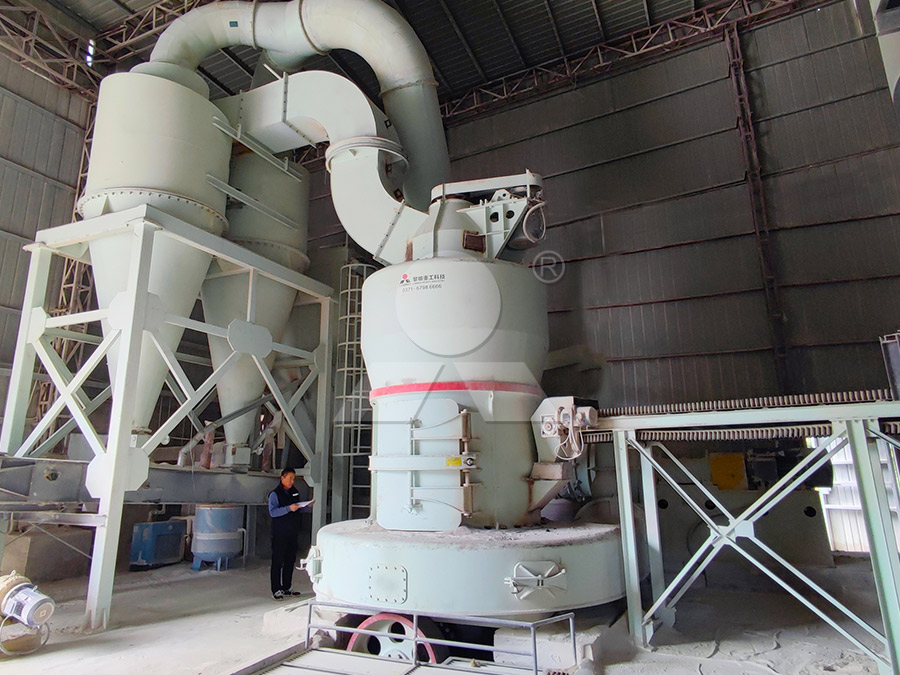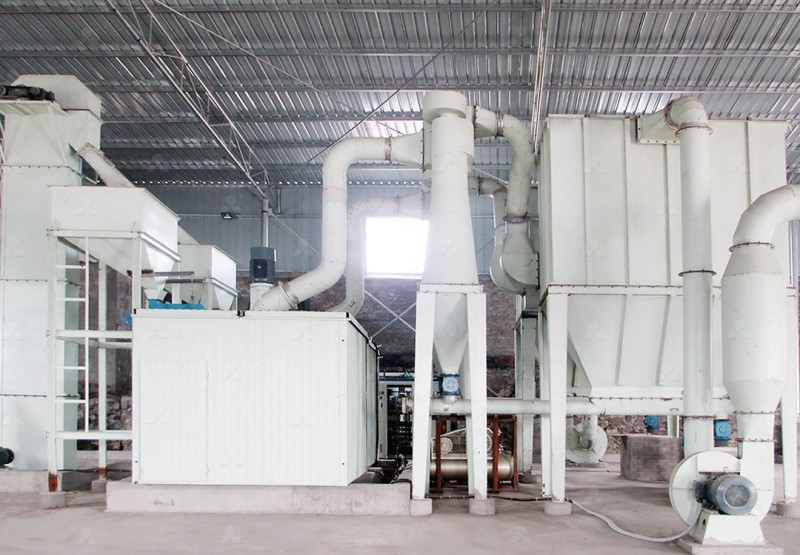Optimizing Phosphate Rock Powder Production: Key Strategies for Mill Selection & Process Efficiency
Optimizing Phosphate Rock Powder Production: Key Strategies for Mill Selection & Process Efficiency
In the competitive world of mineral processing, producing high-quality phosphate rock powder efficiently is paramount. The choice of grinding mill is not just an equipment decision; it’s a strategic one that impacts everything from product quality and throughput to operational costs and environmental compliance. Phosphate rock, with its variable hardness and abrasive nature, demands a mill that can deliver consistent fineness, handle high capacities, and do so with minimal wear and energy consumption.
A common pitfall for many operations is selecting a mill based solely on initial capital expenditure. While a lower upfront cost is attractive, the long-term view reveals a different story. Factors like energy efficiency, maintenance downtime, wear part replacement costs, and the ability to meet precise fineness specifications (often between 200-800 mesh for various applications) are where the real expenses lie. The ideal mill must strike a balance between robust construction for abrasive materials and sophisticated technology for precise particle size control.

For operations targeting ultra-fine grades (325-2500 meshes) for specialized agricultural or industrial applications, traditional ball mills or even older Raymond mill designs often fall short. They can be energy hogs, generate excessive heat, and lack the precision required for a premium product. This is where advanced ultrafine grinding technology truly shines.
We specifically recommend considering our MW Ultrafine Grinding Mill for such demanding phosphate rock applications. This machine is engineered for customers who need to make ultra-fine powder without compromise. With an input size of 0-20 mm and a capacity range of 0.5-25 tph, it offers remarkable flexibility. Its cage-type powder selector, which incorporates German technology, allows for precise adjustments in fineness between 325 and 2500 meshes, achieving a superb screening rate of d97≤5μm in a single pass. A critical design advantage is the absence of rolling bearings and screws in the grinding chamber. This eliminates common failure points, preventing costly downtime from bearing seizures or loose components. Furthermore, its efficient pulse dust collector and muffler ensure the production process is clean and quiet, adhering strictly to environmental standards.

For operations with slightly different parameters, our LUM Ultrafine Vertical Grinding Mill presents another excellent option. It’s particularly effective for its higher yielding rate and better quality output, thanks to a unique roller shell and lining plate grinding curve designed to avoid issues like high iron content—a crucial factor for maintaining product purity. Its energy-saving multi-head powder separating technology can reduce consumption by 30%-50% compared to common grinding mills.
Beyond machine selection, process efficiency is bolstered by a holistic approach. Proper feed size preparation (using efficient crushers), consistent moisture control, and integrated air classification are all vital. A well-designed system, centered on a high-performance mill like the MW or LUM series, transforms phosphate rock processing from a cost center into a value-driven, efficient, and sustainable operation. The goal is a seamless, automated process that maximizes yield, minimizes energy use, and delivers a product that consistently meets the most stringent market specifications.

In conclusion, optimizing your phosphate rock powder production hinges on a forward-thinking investment in the right milling technology. It’s a decision that pays dividends through reduced operating costs, superior product quality, and a smaller environmental footprint for years to come.
